It's not often you run into trouble using a dryer. But, at some point, it will fail to get hot enough. Why could that be the case? If that's an issue you're trying to solve, you're in the right place. We've researched the topic to give you some answers.
There are a variety of reasons why a dryer could fail to get hot enough. The issue could be as simple as a clogged lint screen. In the worst case, it could be a power source problem. There are several areas you need to check to find the culprit.
We can find the culprit through the process of elimination. Some areas are easy to check and fix, while others will need a professional inspection. If you need help finding the source, keep reading. We'll go over each step in detail.
Troubleshooting A Dryer That Won't Get Hot Enough
![Interior of a real laundry room with a washing machine at home, Why Isn't My Dryer Getting Hot Enough To Dry Clothes? [How To Fix With Step-By-Step Guide]](https://homedecorbliss.com/wp-content/uploads/2022/11/Why-Isnt-My-Dryer-Getting-Hot-Enough-To-Dry-Clothes-How-To-Fix-With-Step-By-Step-Guide.png)
Before we start checking all over the place, let's cover some easy mistakes you may be committing. For example, some people stuff their dryers with too many clothes. If we can dry all of them in one load, why not?
However, overloading the dryer prevents the dryer from getting hot. If you're mixing large and small items, separate them; dry items like towels and sheets on their own.
Try drying them again, and check if the problem persists. If the dryer is still failing to get hot, we'll need to check the dryer's components.
The second areas we should check are the dryer vent and lint screen. These areas can experience clogging issues. If they're causing the problem, consider yourself somewhat lucky.
It's an issue that is easy to fix. In any case, let's start by checking the dryer vent.
Inspecting the Dryer Vent
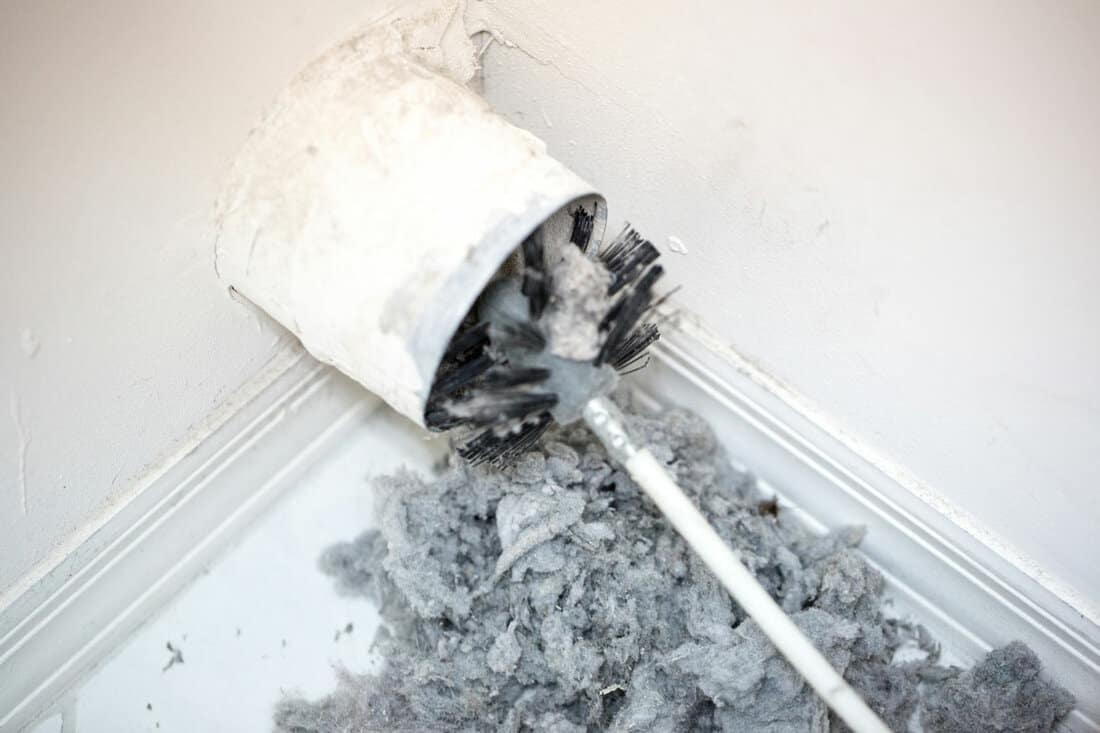
We may include affiliate links and curated AI content to highlight top design styles.
There are three ways to know if the dryer vent is the culprit. First, consider how hot your clothes were after the cycle finished. If they were hotter than usual, it's a sign the dryer vents might be clogged.
Now, try to remember how hot the outside of the dryer was. Was it hot to the touch? If so, did a burning smell accompany the heat?
Answering yes to the questions above confirms it's an issue with the dryer vent. Now, make your way to the outside vent. Check it for any lint and debris buildup. If there's a ton of buildup on the outside vent, it will need extensive cleaning.
Cleaning The Dryer Vent
- Start by unplugging your dryer. If it's a gas-powered dryer, turn the supply valve off.
- Pull the dryer out and locate the duct.
- Take a screwdriver and disconnect the duct.
- Clean the dryer vent with a flexible cleaning brush.
- Vacuum the excess lint.
- Go outside and clean the vent with the cleaning brush.
- Finish by vacuuming the extra debris.
As a safety precaution, check the ductwork for any damage. If you find any punctures or dents, replace the duct. If you feel unsure about cleaning it yourself, call a professional.
In any case, here's a video demonstrating the cleaning process:
Inspecting The Lint Screen
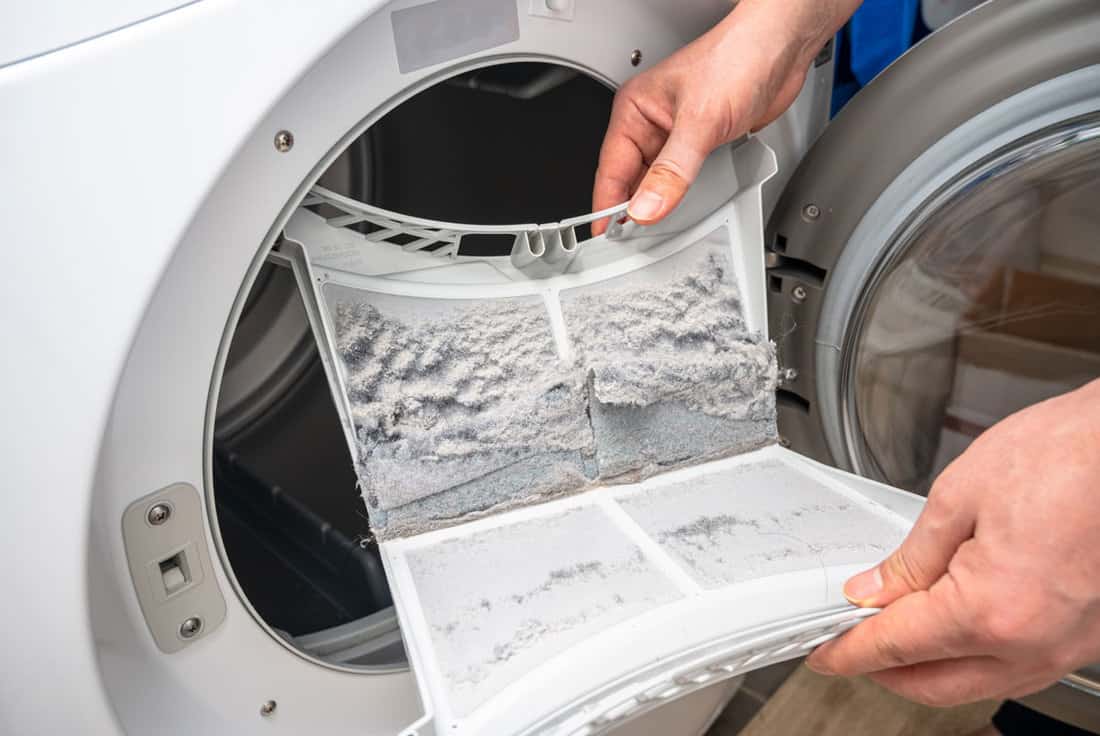
After cleaning the dryer vents, you should look at the lint screen. Clogged lint screens make it harder for your dryer to do its job. If the dryer vents were clogged, the lint screen is too.
The location of the lint screen will vary from model to model. It could be at the top, the inside, etc. So, look at your dryer's manual to find it.
Cleaning The Lint Screen
Once you know where it is, take it out and remove the lint. Then, it's time to remove the residue on it.
- Head to the sink and fill it with warm water. It only needs to be enough to submerge the lint screen.
- Mix some dish soap with the water.
- Add white vinegar if your lint screen is in rough shape.
- Then, let it soak in the sink for half an hour.
- After half an hour passes, take a brush and start scrubbing the stubborn debris.
- Before letting it dry, run some water through it first.
- If water can pass through, the lint screen is good to go. In contrast, the water could also pool up. If water can't pass, air won't either. So, continue scrubbing until it's free of film.
If you need a visual demonstration, here's a video to help:
Checking The Power Source
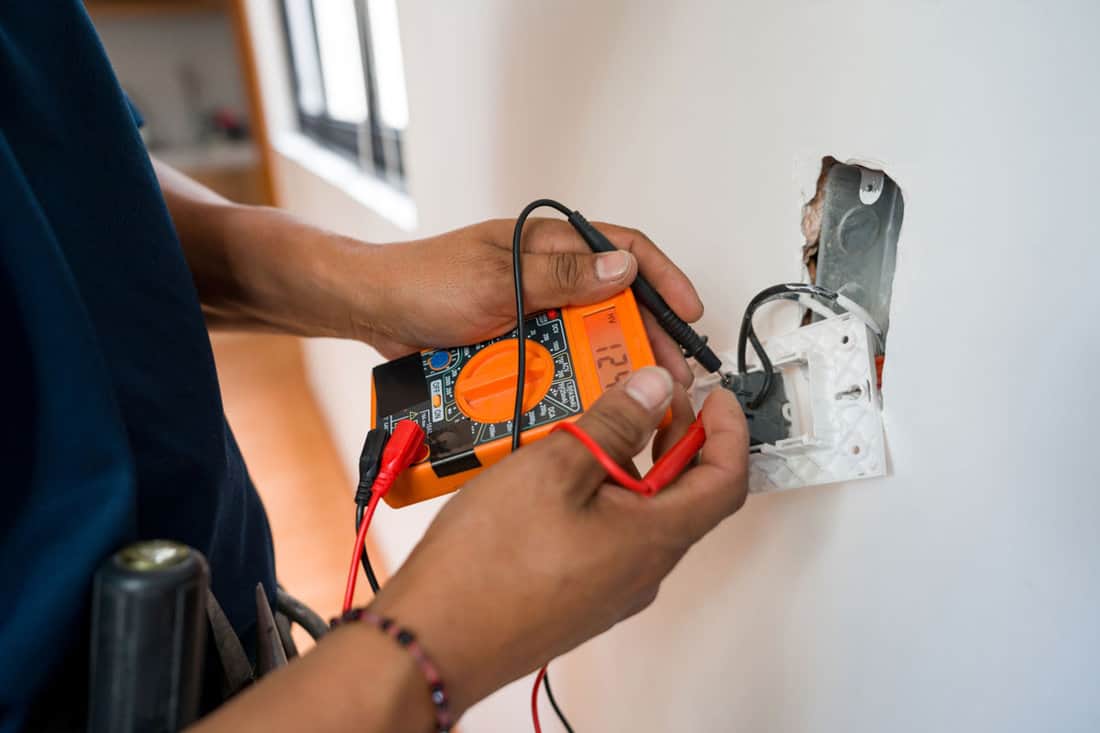
Once the dryer vents and lint screen are clean, the dryer should be able to heat up. At that point, we can confirm it was a problem with air circulation. However, should the issue persist, it might be a power issue.
You can start troubleshooting by checking the dryer's electrical cord. If you have a gas-powered dryer, check the gas valve; make sure it's feeding power to your dryer.
Of course, check the outlet too. Sometimes it might not be a problem with the dryer at all. If they all look in good shape, it's time to check the dryer's internal parts.
Before you start, unplug the machine from power sources. If it's a gas-powered dryer, turn off the gas supply.
Faulty Thermal Fuse

If the gas is on and the cord is working, the issue is probably coming from inside the machine. Dryers have thermal fuses; one runs the motor for the drum, while the other powers the heating element.
When the dryer overheats, the fuse will trip. As a result, the heating element will receive no power. Clogged dryer vents and lint screens are common reasons the thermal fuse trips.
Checking The Thermal Fuse For Continuity
Checking the thermal fuse is when things start to get more technical. You'll need to find out how to remove the dryer's cover. From there, you'll need to release the drum.
Once the internals are exposed, you can:
- Disconnect the connectors from the breaker/fuse with pliers.
- Using an ohm meter, check for continuity.
- The ohm meter will beep if it's working. If it's blown, it will read 0L.
If the fuse is blown, you'll need to replace it with a new one. However, be careful not to order any fuse. It needs to be compatible with your specific dryer.
Click here to see this ohm meter on Amazon.
Faulty Gas Valve Coils
Gas-powered dryers could have coils that aren't working as intended. In other words, they're not opening when they should. You can usually locate the gas valve coils in the front of the dryer.
Gas valve coils are black cylinders with hollow insides. You'll need to remove them from their casing to check if they're working. Once you remove them from the valves, you need to:
- Disconnect the coils from their connectors.
- Take your ohm meter and check for continuity. If the continuity settings aren't working, check the coil for resistance. As long as it's not reading zero, it should be working.
- One coil will have three pins instead of two. So, check the first and second pins first. Then, the second and third pins. Finally, check the first and third pins for continuity.
If the coils don't give a reading—0L on the ohm meter—replace the coils.
Click here to see these gas valve coils on Amazon.
Faulty Igniter
Gas-powered dryers also have an igniter that can overheat and burn out. You can find the igniter near the gas valve coils. It will look like the picture below:
Click here to see this igniter on Amazon.
An easy way to know it's no longer working is by checking if the filament is singed or cracked; the filament is the darker portion of the igniter.
If the filament shows no signs of damage, look for the connector. Then, disconnect the two pins. Use your ohm meter to check for continuity. If your ohm meter reads 0L, replace the igniter with a new one.
Here's a video demonstrating all the internal parts you may need to check:
Check Your Washing Machine For Problems
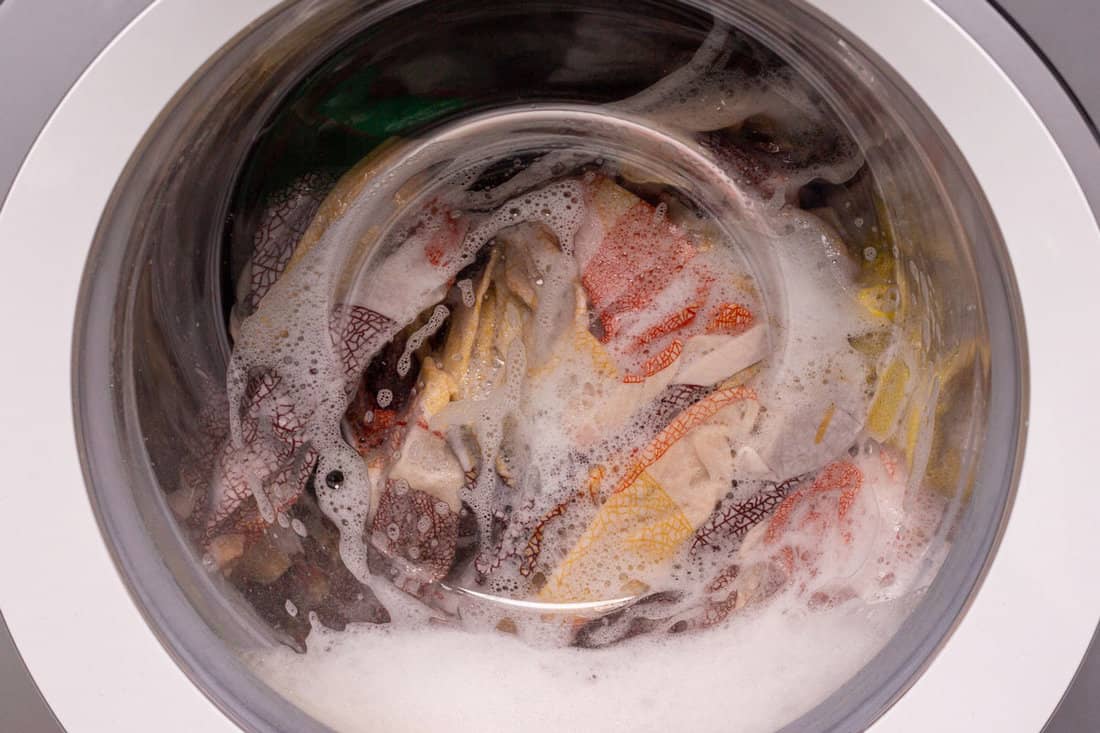
There might be a chance everything in the dryer is working well. Yet, your clothes are still coming out wet. At this point—you might wonder—is your dryer not powerful enough?
It might not be a dryer problem at all! The washing machine could be leaving your clothes too wet. Thus, there might be a draining issue with it. Otherwise, it's not spinning enough to get excess water off your clothes.
Whatever the case may be, it's putting more pressure on the dryer to dry your clothes.
In Closing

These are some of the most common reasons why your dryer is not getting hot enough. Hopefully, you won't have to do more than a simple cleaning on the vents and lint screen. Otherwise, you'll have to open the machine up. In any case, good luck finding the culprit!
Before you go, are there other problems you're experiencing with the dryer? Is it making noise when it's off? For more information, check out:
Dryer Making Noise When Off: What To Do?
Here are other topics you can check out:





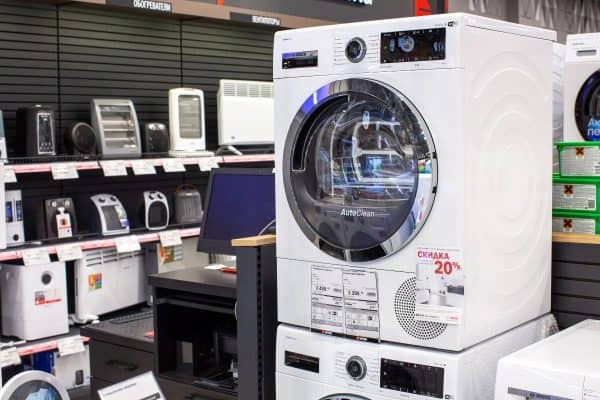
![A laundry room with a washing machine and dryer and a boiler on top, How To Hide A Water Heater In The Laundry Room [9 Ideas To Inspire You!]](https://homedecorbliss.com/wp-content/uploads/2022/11/Laundry-room-with-a-washing-machine-and-dryer-and-a-boiler-on-top-600x400.jpg)